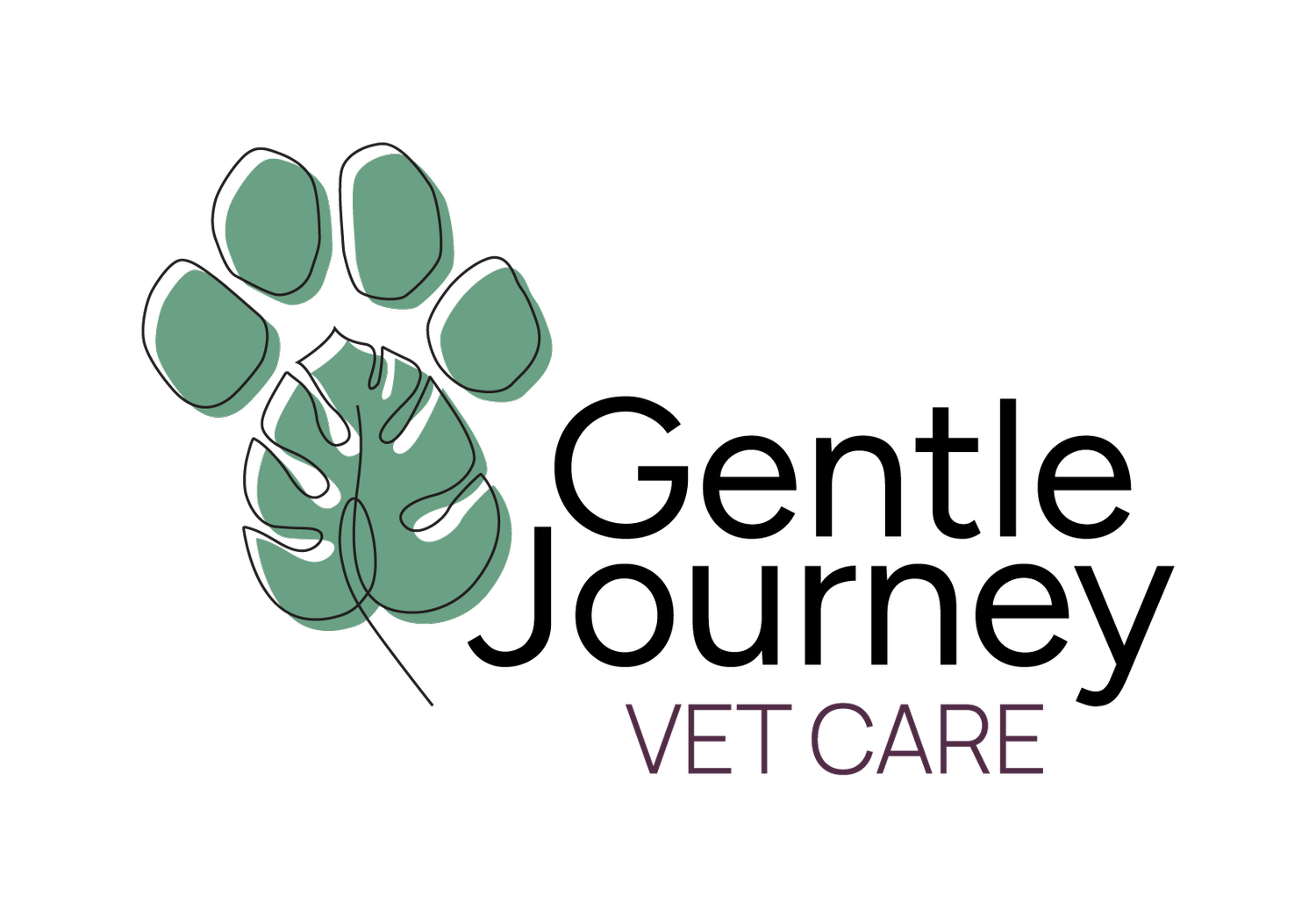On Pins and Needles: What is Acupuncture and How Can It Benefit My Pet?
The first documented case of using acupuncture for animals was over 3,000 years ago! It is one of the five branches of Traditional Chinese Veterinary Medicine. Since then, many studies have been carried out showing the benefit of acupuncture for pets.
What is acupuncture?
Acupuncture is a form of traditional Chinese medicine. Practiced for thousands of years, acupuncture originated from the Daoist philosophy that individual bodies are a small piece of the larger universe.
Acupuncture is also based on the Yin-Yang theory from Daoism, that everything is a balance of opposing forces, such as light-dark, hot-cold, etc. This philosophy along with the seasons (spring, summer, late summer, autumn, and winter) and the elements (wood, water, fire, metal, earth), allow for an Eastern diagnosis and prescribed treatment. Traditional Chinese medicine also includes herbal therapy, food therapy and Tui-na, or medical massage.
How is acupuncture performed?
Acupuncture is most commonly performed by using sterile, single-use, small gauge needles to target predetermined points. Meridians, or channels along the body, are learned by anatomic landmarks and are all connected to different diseases and treatments.
An acupuncture session typically involves 5-10 needles and lasts 15-30 minutes. The older the pet, the fewer needles and less time are used. An acupuncture session can be done with as little as one needle.
Placing needles into the skin and tissues is referred to as dry needling. Acupuncture can also involve the use of saline or vitamin B12 injected at the desired points (aquapuncture), manual pressure (acupressure), electric current through the needles (electroacupuncture), or the burning of an herb called mugwort (moxibustion).
What can acupuncture be used to treat?
Acupuncture can be used to treat any disease, from seizures to diarrhea. In the United States, acupuncture is often used in two-ways: Eastern medicine diagnosis and Western medical diagnosis.
A full Eastern medicine diagnosis can be made, using traditional teachings to evaluate tongue color, pulse strength, basic habits (i.e. heat-seeking vs cool-seeking), personality and symptoms. For example, cognitive dysfunction is typically a diagnosis of ‘loss of Shen’ where Shen is known as the Spirit or Mind. There are many points dedicated to strengthening or holding Shen that would then be treated.
Alternatively, acupuncture can be used to support a Western medical diagnosis. For example, a dog diagnosed with intervertebral disc disease (IVDD) should be treated for nerve pain, muscle soreness and hind limb weakness. Acupuncture points to target sore areas, and hind limb weakness would be used.
In either method of medicine, acupuncture has been proven for pain relief with evidence-based research by veterinarians. Regardless of the approach, results are seen with acupuncture therapy.
What animals can get acupuncture?
Acupuncture has been studied and designed to treat any companion animal. Although it seems like pets would not tolerate acupuncture, the majority of them do! It often is used in instances of palliative care for pets.
The needles used are 10 gauges smaller than needles we typically use for blood draws and although an initial pinch can be felt upon entry, most pets quickly respond to the effects. It’s ideal to use high value or distracting treats, such as cheese, lickable treats or peanut butter frozen into a Kong, while the needles are placed over a 1-2 minute period.
Once the needles are placed, your pet can walk around, stretch, rest or continue eating. If a pet shakes or pulls out their needles, no problem — there is still value in the stimulation a point has received.
How long until a response to treatment?
Typically, we expect a response to treatment in three sessions for dogs and as soon as two sessions for cats. Then a maintenance schedule can be maintained anywhere from weekly to monthly based on response to treatment. Sometimes response can be obvious, your pet stretches out to sleep or tries to play when they haven’t in months. However, sometimes response to treatment can be subtle, such as, a less hunched posture, raising of a previously lowered tail, or sleeping well at night. Evaluating your pet’s quality of life during treatment can help you see the impact of acupuncture.
How do I know if my pet could benefit from acupuncture?
To see if your pet might be a good fit for acupuncture, talk to your veterinarian. Acupuncture is an ancient and proven method to treat any and all diseases.
If you’re interested in adding acupuncture to your pet’s care, or would like a consultation about your pet’s health, contact us.


